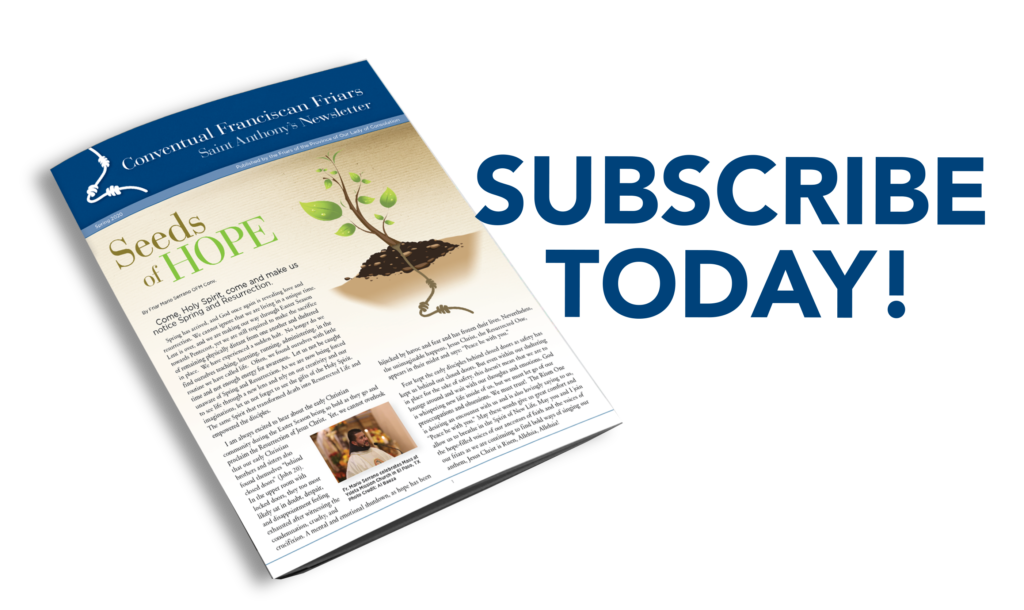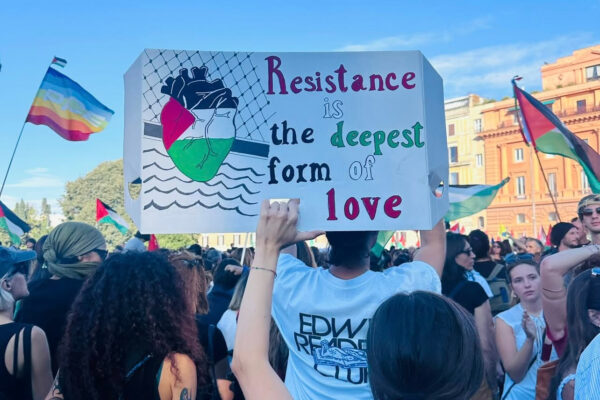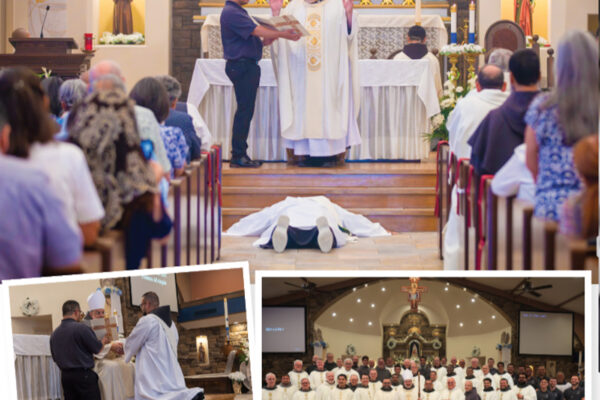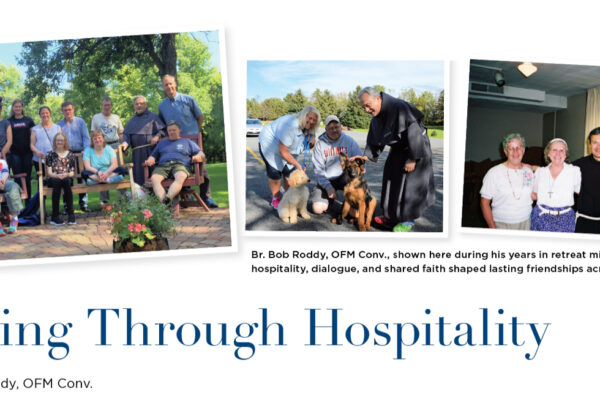
During my first two years as a seminarian in Rome at the Seraphicum, the Conventual Franciscan Center, I experienced the last two years of the Second Vatican Council. Several times I was listed to be one of the servers at the morning Mass for the bishops gathered in St. Peter’s Basilica, which was used as the council hall. There were many fascinating press conferences, but most of all, on December 8, 1965, I somehow managed to creep onto the main platform in St. Peter’s Square for the concluding Mass of the Council. Pope Paul VI was the celebrant and homilist.
Sixty years later, Pope Paul VI’s words from that day still echo in my ears. He identified the work of the Council as primarily the work of the Good Samaritan. He asked: “Would it [the Council] not be, in short, a simple, new, and solemn teaching to love man in order to love God? To love man, we say, not as a means, but as the first step toward our final and transcendent goal, which is the basis and cause of every love.” For this reason, Pope Paul further emphasized that the Church—as Church, as the People of God, as “the universal sacrament of salvation”—is by its very nature, both missionary and ecumenical.
Just the day prior, December 7, Pope Paul promulgated the last two Council documents: Nostra Aetate and Gaudium et Spes. The first of these documents calls us to love our neighbor— to open our hearts to our brothers and sisters who are not Christians. The second document intentionally calls us to pour out our hearts and reach beyond ourselves to share in the suffering, the joy, and the hope of the whole human family. These two emphases—the missionary and the ecumenical—heralded a new universality.
I remember connecting the “missionary” zeal of that day with my own experience. As a boy growing up, I heard stories about the friars of Our Lady of Consolation Province leaving on mission for Africa—with the realization they may never return. Since its inception nearly a hundred years ago, a sense of mission has been in the DNA of our province. For me, however, “ecumenical” was something new. Although later in university academic life, I learned more about what ecumenism could mean. Many of my own colleagues and doctoral students were not Catholic, but our study together bore rich fruit and mutual conversion. Apart, though, from my participation in university life, I found that serious ecumenical or inter-religious initiatives are consistently “an uphill battle.”
I have, however, discovered both the ecumenical and missionary spirit come alive in the Franciscan Center of Study in Lusaka, Zambia. Over the last forty-five years, and most recently, this summer– I have had the privilege of visiting and working with the friars in that pan-African college, which serves approximately 200 friar students. Upon arrival at the airport there, one of the six students greeted me in the following manner: “You will love it here with all of your brothers and all of Africa.”
Pondering that recent encounter with the African friars, I could not help but remember Paul VI and the vision he promulgated at the close of the Council. Representing seventeen different countries on that continent, the sense of mission beyond themselves that enlivens those young friars is palpably strong. They have an ecumenical sense as well. They see it as nourishing that the three families of the First Order of Franciscans study, worship, and live together. For them, this Franciscan ecumenism is not “an uphill battle,” but a joy to be embraced.
Maybe, in reference to the broader invitation toward a flowering of ecumenism/inter-religious dialogue, the rest of us friars could learn from our younger African brothers and so take the “first step toward our final and transcendent goal.” If not, how can we be rebuilders of the Church?






